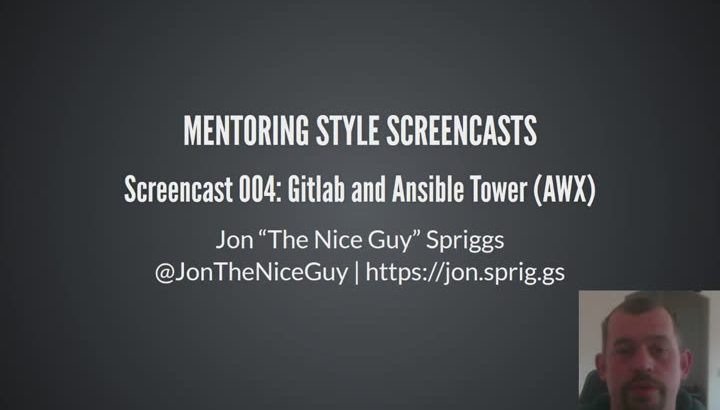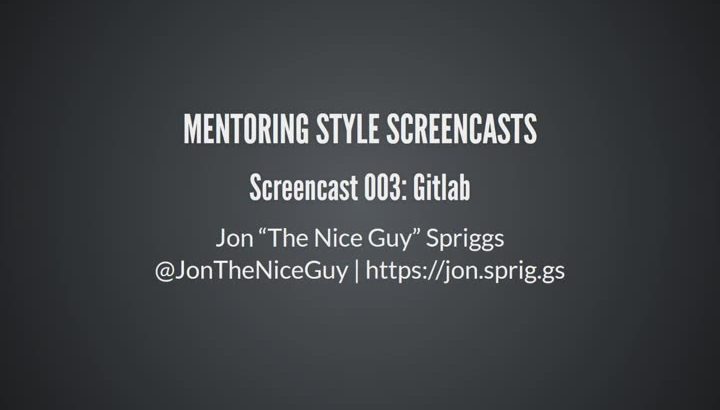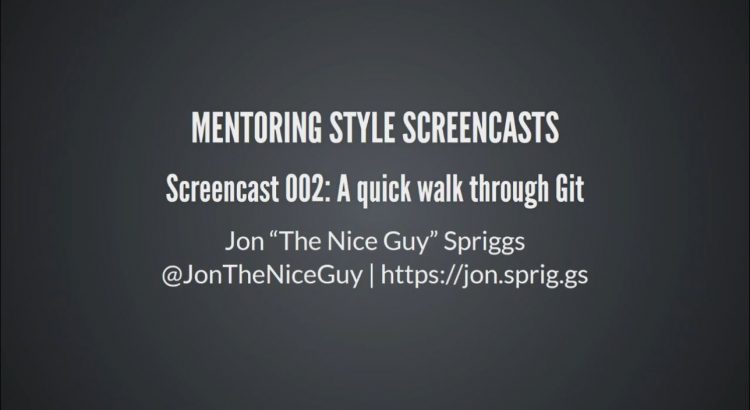Ever been told that IPsec is hard? Maybe you’ve seen it yourself? Well, Paul Wouters and Sowmini Varadhan recently co-delivered a talk at the NetDev conference, and it’s really good.
Sowmini’s and Paul’s slides are available here: https://www.files.netdevconf.org/d/a18e61e734714da59571/
A complete recording of the tutorial is here. Sowmini’s part of the tutorial (which starts first in the video) is quite technically complex, looking at specifically the way that Linux handles the packets through the kernel. I’ve focused more on Paul’s part of the tutorial (starting at 26m23s)… but my interest was piqued from 40m40s when he starts to actually show how “easy” configuration is. There are two quick run throughs of typical host-to-host IPsec and subnet-to-subnet IPsec tunnels.
A key message for me, which previously hadn’t been at all clear in IPsec using {free,libre,open}swan is that they refer to Left and Right as being one party and the other… but the node itself works out if it’s “left” or “right” so the *SAME CONFIG* can be used on both machines. GENIUS.
Also, when you’re looking at the config files, anything prefixed with an @ symbol is something that doesn’t need resolving to something else.
It’s well worth a check-out, and it’s inspired me to take another look at IPsec for my personal VPNs :)
I should note that towards the end, Paul tried to run a selection of demonstrations in Opportunistic Encryption (which basically is a way to enable encryption between two nodes, even if you don’t have a pre-established VPN with them). Because of issues with the conference wifi, plus the fact that what he’s demoing isn’t exactly production-grade yet, it doesn’t really work right, and much of the rest of the video (from around 1h10m) is him trying to show that working while attendees are running through the lab, and having conversations about those labs with the attendees.



